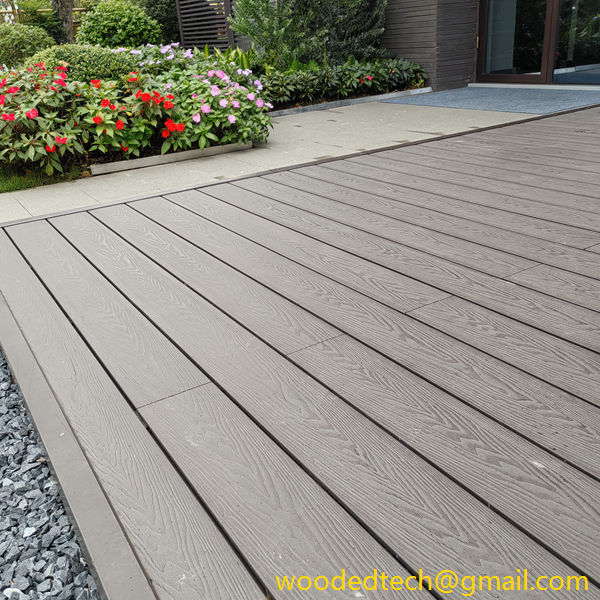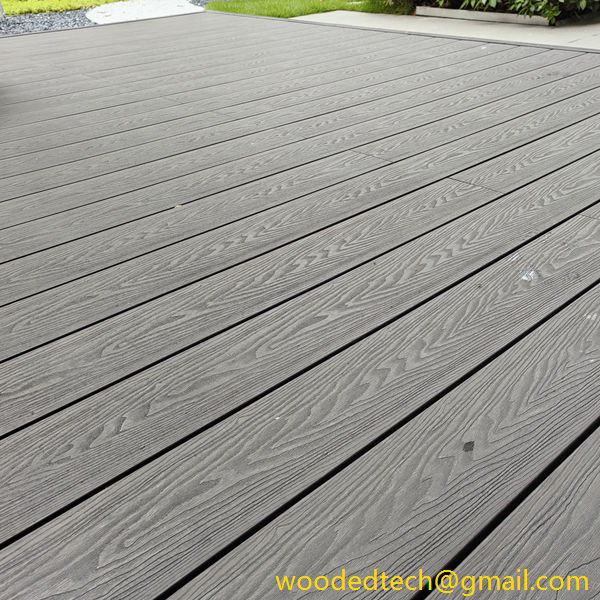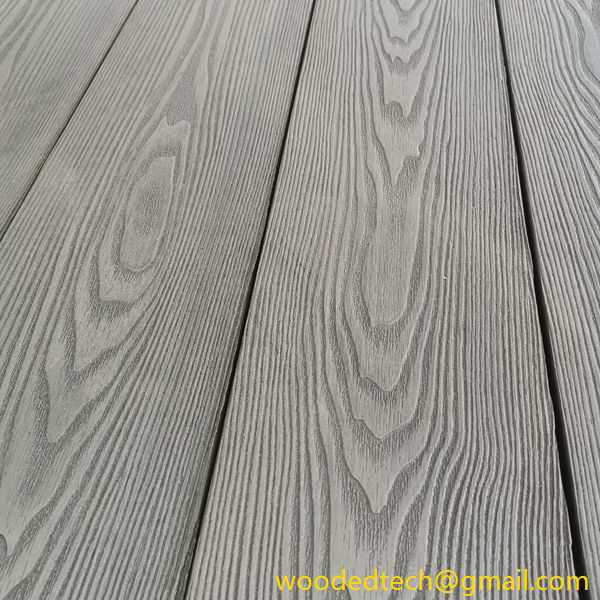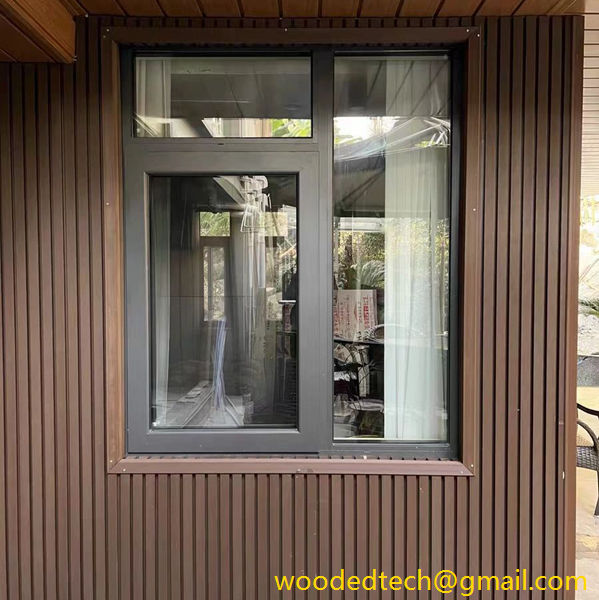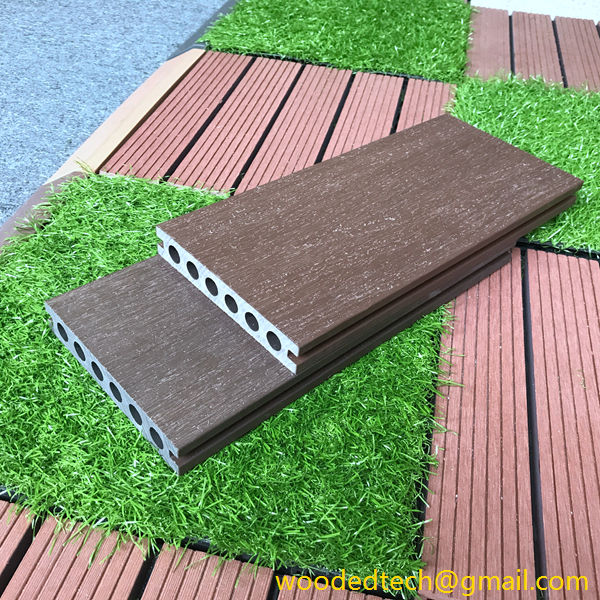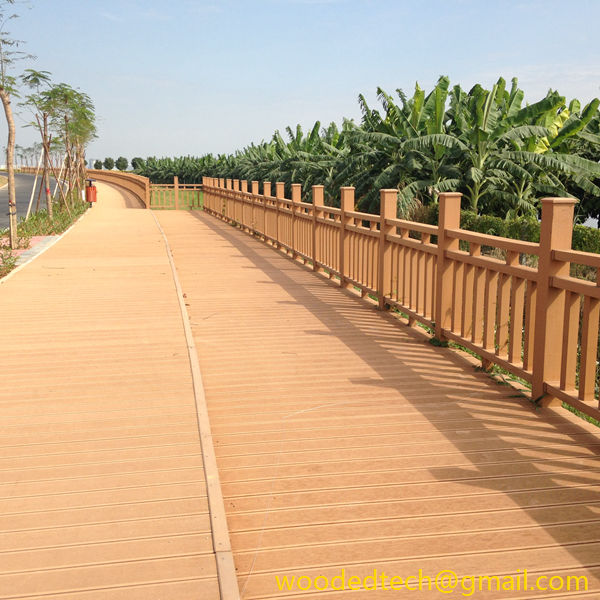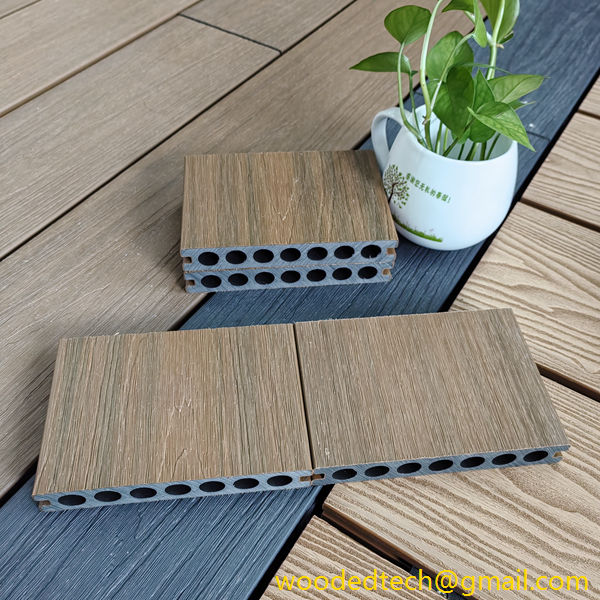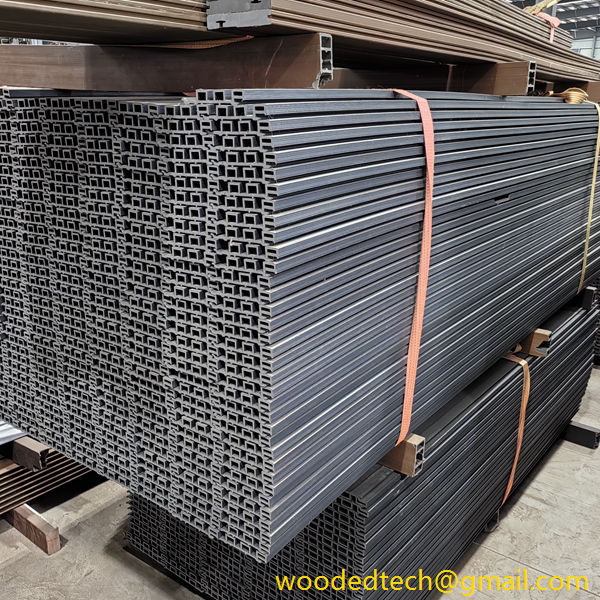Is WPC Waterproof? Understanding Its Durability
Is WPC Waterproof? Understanding Its Durability Wood Plastic Composite, commonly referred to as WPC, has gained significant popularity in recent years, particularly in outdoor applications such as decking, fencing, and landscaping. One of the most frequently asked questions about WPC is whether it is waterproof. While the term “waterproof” often implies that a material is…
Is WPC Waterproof? Understanding Its Durability
Wood Plastic Composite, commonly referred to as WPC, has gained significant popularity in recent years, particularly in outdoor applications such as decking, fencing, and landscaping. One of the most frequently asked questions about WPC is whether it is waterproof. While the term “waterproof” often implies that a material is completely impervious to moisture, WPC is best understood within the context of its durability and resistance to water damage. This article delves into the characteristics of WPC, its resistance to water, and its maintenance-free advantages in the later stages of its lifecycle.
WPC is a composite material made from a blend of wood fibers and plastic. This combination results in a product that captures the aesthetic appeal of natural wood while offering enhanced durability and resistance to the elements. WPC is commonly used in various applications due to its versatility, including decking, railing, fencing, and even furniture. The blend of materials gives WPC its unique properties, making it a popular choice for homeowners and builders alike.
While no material can be deemed entirely waterproof, WPC is known for its excellent resistance to moisture. The plastic component of WPC helps to repel water, preventing it from penetrating the material and causing potential damage. This characteristic is particularly important in outdoor settings where exposure to rain, humidity, and temperature fluctuations can lead to deterioration in traditional wood products.
WPC is designed to withstand the elements, making it less prone to warping, cracking, and splintering than conventional wood. In addition, WPC does not require the same level of maintenance as wood, such as regular sealing or staining, which can offer further protection against moisture infiltration.
Several factors contribute to the durability of WPC. The manufacturing process involves mixing wood fibers with recycled plastics, which helps to enhance the material’s overall strength. This composite structure not only resists water damage but also provides resistance to pests such as termites and wood-boring insects. Traditional wood can be susceptible to these threats, leading to costly repairs and replacements.
Furthermore, WPC is engineered to be UV-resistant, reducing the likelihood of fading and discoloration when exposed to sunlight. This quality ensures that WPC maintains its appearance over time, even in harsh outdoor conditions. The color and finish of WPC products can last for years without significant degradation, making it an appealing choice for those seeking a long-lasting solution.
One of the most significant benefits of WPC is its low-maintenance nature. Unlike traditional wood, which requires regular upkeep to maintain its appearance and structural integrity, WPC is designed to be virtually maintenance-free. Once installed, WPC products typically only require occasional cleaning with soap and water to remove dirt and debris.
In the later stages of its lifecycle, WPC continues to demonstrate its durability without the need for extensive maintenance. Homeowners can enjoy their outdoor spaces without the constant worry of rot, decay, or insect infestation. This aspect of WPC makes it an attractive option for busy individuals or families who want to spend more time enjoying their outdoor environments rather than maintaining them.
WPC is engineered for longevity, with many products boasting warranties that can last up to 25 years or more. This durability not only provides peace of mind for homeowners but also contributes to sustainability efforts. By utilizing recycled materials in its production, WPC offers an eco-friendly alternative to traditional lumber, which often involves deforestation and environmental degradation.
Additionally, the long lifespan of WPC means that fewer resources are needed for replacements and repairs over time, making it a more sustainable choice in the long run. As awareness of environmental issues continues to grow, many consumers are seeking products that align with their values, and WPC fits the bill as a durable, low-maintenance, and environmentally responsible option.
In summary, while WPC may not be entirely waterproof, its design and composition provide excellent resistance to moisture and water damage. The durability of WPC, combined with its low-maintenance requirements, makes it an ideal choice for outdoor applications. Homeowners can enjoy the beauty of wood without the constant upkeep associated with traditional materials. With its long lifespan and eco-friendly attributes, WPC stands out as a leading option in the realm of composite materials. As consumers continue to prioritize quality, sustainability, and convenience, WPC is poised to remain a popular choice in outdoor living solutions for years to come.

